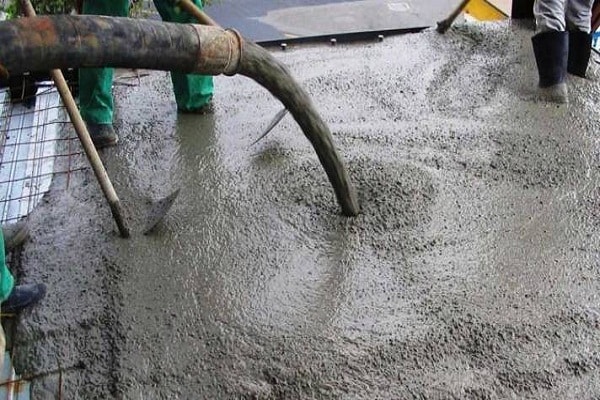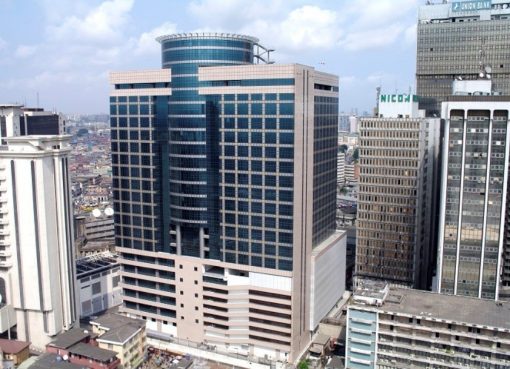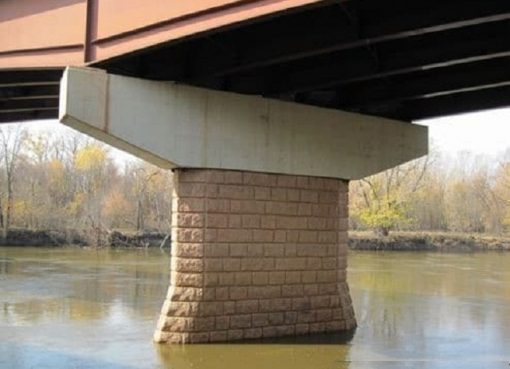What Is a Monolithic Slab?
The word Monolithic means “all in a single pour” so in construction where Monolithic Slab is used the foundation is made in one single pour that is made up of a layer of a concrete slab with thicker area under the load-bearing walls and all the edges of the perimeter to replace the footer.

Construction of Monolithic Slab is much faster and the labor costs are low as in this Slab the concrete is poured all at once. When used under ideal conditions, Monolithic Slab can be just as strong as Stem-Wall slabs.
There are some major problems that can arise if many conditions are not contusive with the Monolithic Slab. Monolithic Slab cannot be used when more fill dirt is needed because the concrete is more likely to crack if the ground is not compacted sufficiently.
This is a problem for homes that need to be built to rise above the flood plane provided by civil engineers (as most buildings in Florida should).
In this case, the Monolithic Slab tends to crack around the perimeter walls and other large load-bearing areas. These cracks can cause structural problems affecting other aspects of the house while the construction process such as dry walls and floors if the framed walls are not stable.
What Is a Floating Slab?

Floating slabs are used as the basis of the foundation for a variety of civil structures like sheds, car garages, additions, cottages, drive sheds, accessory buildings, and barns.
Floating Slab are called “floating” because they are allowed to move over the ice line as a monolithic unit. Insulation can also be added to reduce movement due to frost, depending on the needs of the project.
Building a floating slab is one of the most economical ways to build a foundation. Traditional foundations include a strip footing on the edge with a frost wall on top. The strip footing which is placed below the level of frost, usually 4′-0 “below the ground.
The cost of a Floating Slab is higher because there is a lot of excavation, concrete, and labor required for the construction of strip footing and the frost wall.
Floating Slab is the best option for construction of sheds but for construction of house there are some disadvantages to think about.
When Floating Slabs are constructed in a building they can be heated with radiant floor heat which will provide comfortable and balanced heat.
What is a Monolithic Slab VS Floating Slab?
Usually monolithic slab is less expensive than Floating slabs. Floating slabs also happens to be a monolithic slab-shaped as an upside-down U, where concrete is to be applied monolithically or in 2/3 steps. Mono pour which means the way it is built and poured, rather than the kind of the foundation of a building.
If there is a large structure or unstable soil, you definitely want a deep foundation, but with a basic garage in good soil, a floating slab is good and attractive. If the local soil has less stability or as normal water on the subsurface, then the floating slab is very floating, and it is prone to cracking or tilting.
Floating slabs are those lads that float on the ground or in frost areas. Floating slabs are called monolithic slabs in such an environment because they have no contact with the foundation.
Source: civiljungle










